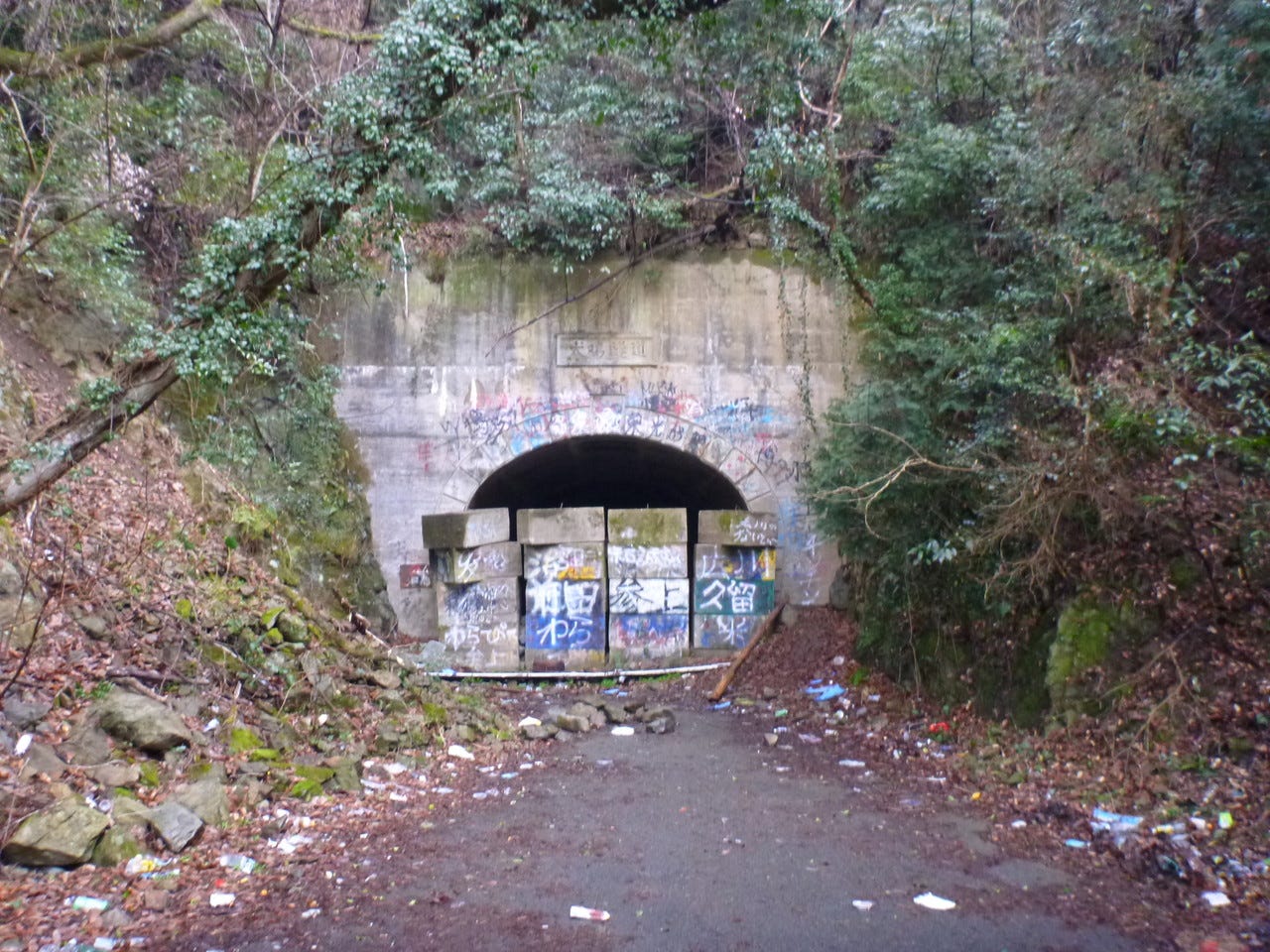Before we begin, heads up about massive spoilers for my debut novel “Endless is the Night.”
If you’ve already read it and are interested in the urban legends and the true crime that inspired the story, keep on reading.
When I was thinking of what horror my book would touch on, the legend of Inunaki village came to mind. And yes, my mind is so messed up that I had this content ready to go in my subconscious, no problem.
Before I thought about the story's gods and magic, or even the main characters, this urban legend started it all. The star god Amatsu-Mikaboshi and the hero Cody Baker came much later in the story’s development.
Inunaki was the origin of it all.
The terror of this place first hit the mainstream in 1999. An anonymous person sent a letter to Nippon TV, urging them to send a film crew to the village to investigate the murder of a young couple—no records exist of this murder.
From here, the internet went wild with rumors.
The truth
Let’s start with the facts.
The village of Inunaki was created in 1691 in Fukuoka prefecture—Wakayama in my book since I’m more familiar with that area.
In 1986, Inunaki (meaning “cry of the dog”) merged with the surrounding towns and villages, with Inunaki proper submerged under a dam in 1986.
Though the village was underwater, Inunaki tunnel, set in the hills above the grave of the town, was open until 1988.
And this is where things get fucked up.
In 1988, five men kidnapped a factory worker and drove him in his own car to the tunnel. They beat him up, tortured him, and eventually murdered him after dousing him in gasoline and setting him on fire.
In my book, the murder of Kenji Matsushima is a stand-in for the real victim, Koichi Umeyama. Kenji also meets his fate in the same way, albeit for different purposes.
*The only other verified story involves the discovery of a body floating in the dam in 2000.
The legend
The horrific murder of Koichi did not spawn the myth. That didn't happen until the Nippon TV letter was made public. Then it was all too easy for people to trace everything back to the murder.
No one knows where the myths came from, but the legend has more or less solidified into what it is today.
It is said that Inunaki is not underwater. It is somewhere in the mountains near the blocked tunnel. If you manage to find it, the first thing you’ll notice is a sign declaring that the Constitution of Japan does not apply beyond the point of the sign.
In the 1970’s a young couple—presumably the same that the TV letter talks about—had some car trouble while driving near the tunnel. They got out to find some help, walked through the forest, found the village, and came upon an old man. He welcomed them to the village and then murdered them with a farm tool. Don’t ask me how we know this story if they both were killed before telling anyone about it.
BTW: this story with the couple was going to be the original prologue to my novel. I’ve been toying with the idea of making it a short story prequel. Let me know if you’re interested in that.
More tales say that Inunaki is populated by cannibal demon worshippers and that the power of their “god” keeps the village hidden. Sound familiar?
One other story says that the phone booth just outside of Inunaki tunnel rings every night. If anyone is foolish enough to answer it, they’ll be transported to Inunaki where they’ll meet a slow fate of turning insane before they die.
Pop culture
If you’re interested in going deeper, tons of Japanese creatives have adapted the urban legend in various forms and all with their own twists on it.
There’s a 2016 anime called Lost Village (迷家-マヨイガ-), a cheesy horror film called “Howling Village” (犬鳴村)—basically “Cry of the Dog” translated differently, a Steam video game called “Inunaki Tunnel”, and my absolute favorite: The Story of the Mysterious Tunnel (トンネルの奇譚) by Japanese horror master Junji Ito.
The Ito take on the tunnel (sadly many people ignore the village itself) honestly scared me, it’s worth checking out. All his work is Lovecraftian in tone with outlandish Japanese horror tropes tied in (think crazy body horror).
I hope you found this interesting. If you did, I encourage you to take a deep dive into Japanese urban legends. Honestly more horrifying than anything I’ve ever written.


